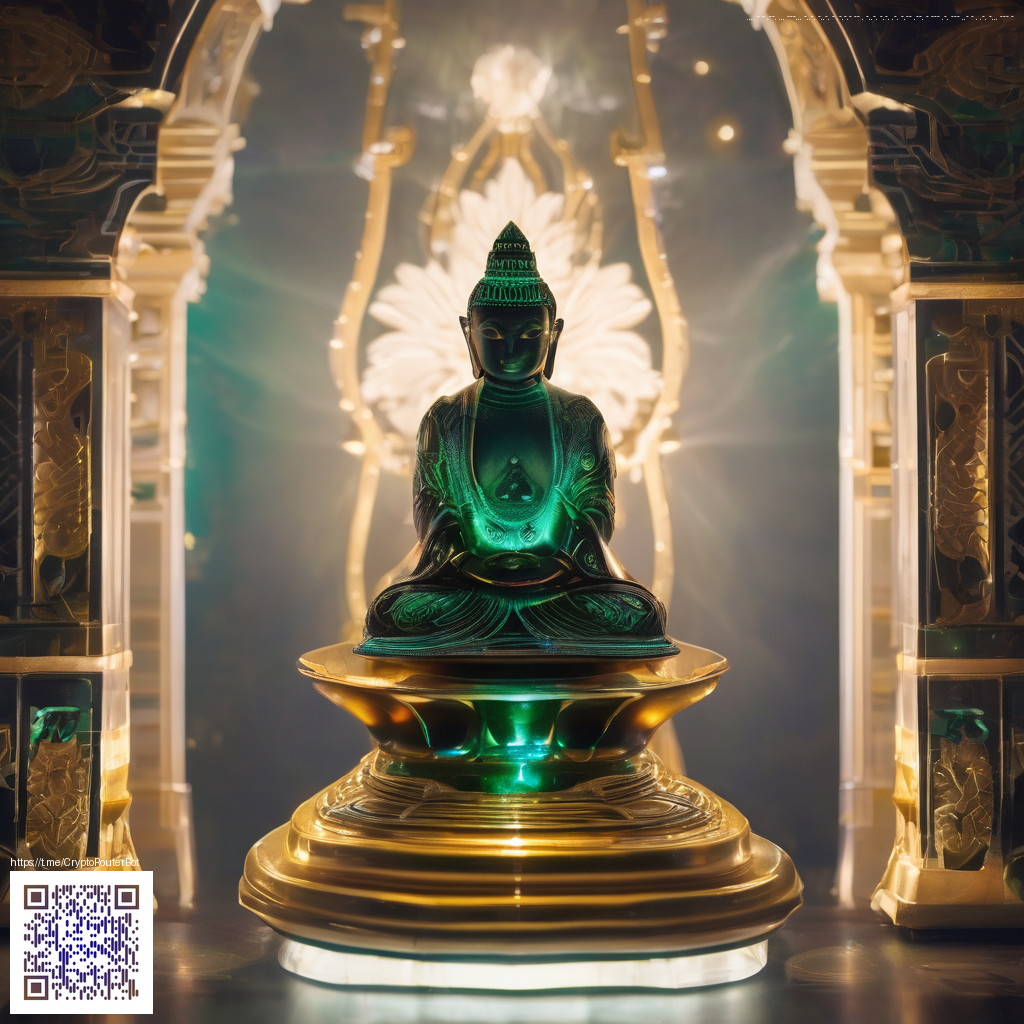
Photo Mode Showcase in a Classic Ratchet & Clank Adventure
Long before every current-gen blockbuster shipped with its own built in photo studio, fans carved out a space to celebrate the art of the screenshot in Ratchet & Clank Up Your Arsenal. Released by Insomniac Games in 2004 for the PlayStation 2, this title brought big set pieces, zippy traversal, and a color palette that practically begged to be framed. While the original shipped with a straightforward camera in the game world, the true photo mode energy arrived from the community itself. Players learned to choreograph shots, harness lighting, and coax cinematic moments from a hardware generation that thrived on clever camera work and bold composition.
In the years since, the culture around capturing these moments has evolved in parallel with preservation efforts and emulation. The act of snapping a perfect shot in this game is less about a formal tool and more about a photographer mindset: surveying panoramas at a vantage point, aligning Ratchet and his enemies with a dynamic background, and exploiting the game’s vibrant color shifts to tell a story in a single frame. It’s a reminder that even classic titles can become playgrounds for modern image making when the community brings its own lens to the table 💠
Crafting the moment: how players approach a still from a PS2 era epic
Photographers in the community lean into three core ideas. First, they seek strong silhouettes and action silhouettes during chase sequences, letting the frame compress motion into a single, readable silhouette. Second, they experiment with lighting and night sequences, often leveraging in game lighting to create glow around weapon effects or environmental luminance. Third, framing matters just as much as timing; the best shots balance negative space with a centerpiece that anchors the viewer’s eye. Even without a true photo mode, the talent lies in seeing a moment that’s worth more than its raw pixels and then nudging the camera into the perfect position.
Technical notes: capturing high quality images today
Modern viewers often revisit these moments through emulation or through ports that improved the resolution and texture filtering. Emulators such as PCSX2 enable higher fidelity captures, allowing photographers to render scenes in a much crisper light than the original CRT era could deliver. The friendly reality is that a lot of the magic comes from knowing where to stand and how to time an action sequence, while newer display pipelines handle upscaling and anti aliasing to make the shot feel contemporary. For players who don’t use emulation, the trick is to lean into in game timing and to maximize your TV or monitor’s brightness and contrast to evoke the same bold, punchy look that defined the era.
Community insights: what makes a shot memorable
Beyond technical prowess, the community thrives on storytelling value. The most striking images often knit a small narrative into a single frame—Ratchet posing in a dramatic stance while a distant exploder erupts in the background, or a quiet moment where Rivet like silhouettes are framed against a moody sky. Community showcases reward originality and risk taking, whether that means pushing the camera into extreme angles, using lens flare to tease a cinematic vibe, or finding playful juxtapositions with enemy swarms. The conversation around these images is as much about composition as it is about nostalgia, and it’s a living archive of how players felt about the game’s kinetic tempo at the time of release 🌑👁️
Developer commentary: the enduring charm of Insomniac’s world design
Insomniac Games built a universe that rewards exploration and dramatic action. The color density, level geometry, and enemy choreography all contribute to a frame worthy of a student film’s poster. While a formal in game photo mode did not launch with the PS2 era game, the spirit of experimentation lives on in the fan community. The ongoing interest in these captures underscores how tightly the visuals age and how much the world invites players to frame—and re frame—moments from a highly kinetic, humor steeped, and deeply immersive platformer.
Modding culture and the renaissance of classic photography
Modding and tooling around retro titles have become a steady pedestal for creative expression. Photographers routinely share camera angles, lighting tweaks, and post processing ideas that elevate vintage visuals without straying from the game’s original charm. The tradition isn’t about forcing modernity onto a classic; it’s about inviting the game’s art direction to breathe anew in a language that contemporary players understand. As a result, the photo mode conversation doubles as a dialogue about preservation, accessibility, and the joy of sharing a crafted moment with a like minded tribe.
What’s next for classic titles and their image making
Looking ahead, the community is likely to keep pushing for enhanced capture options in any future ports or remasters. The best part is that the conversation isn’t limited to technical upgrades; it’s about what a screenshot can convey. A single image can nostalgia a whole season of gaming, spark a discussion about level design, or showcase the playful chaos that defined the era. If you’re new to this scene, start by scouting a few standout frames from your favorite sequences and experiment with angles that tell a story as much as a battle scene does.
Want to fuel more retro showcases and support a decentralized internet where creators own their work and shape how communities engage with classics from the past? Consider dropping a donation to the project’s Ko fi page. It’s a simple way to keep passionate gaming content thriving while aligning with a broader ethos of creator autonomy and shared stewardship of culture.
Support on Ko fi